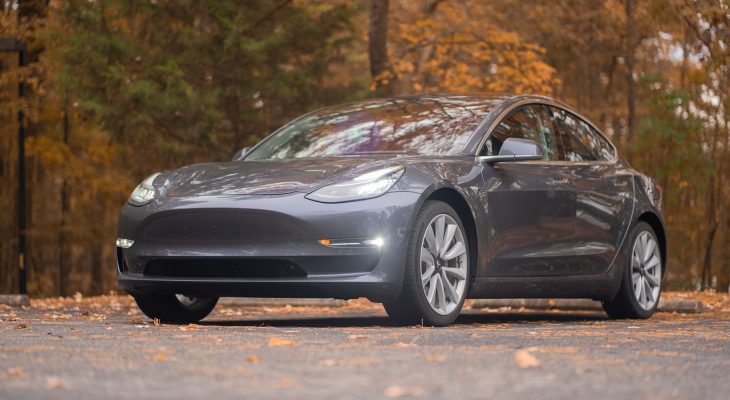 Many people may believe that self-driving vehicles are far off reality. However, automated driving systems are in development today. In addition, modern cars are equipped with some form of automation.
Many people may believe that self-driving vehicles are far off reality. However, automated driving systems are in development today. In addition, modern cars are equipped with some form of automation.
As technology advances, cars will become more and more autonomous. As a result, global projections for the independent car market will reach $60 billion in 2030.
Experts weigh the pros and cons of self-driving vehicles because we are entering into unknown territory. While the Tesla AutoPilot pros-and-cons debate is focused on safety and convenience, it raises security and regulation issues and liability.
We will explore some of the most frequently asked questions about self-driving vehicles.
PROS OF SELF-DRIVING CARS
1. Prevention of car crashes
94% were the result of human error, accounting for 37,133 deaths in 2017 from motor vehicles. The cost of human error will be eliminated by computers that are based upon sophisticated algorithms and systems. With self-driving cars, significant accidents like drunken or distracted driving will be destroyed. According to estimates, self-driving vehicles can reduce accidents by up 90%.
2. Societal cost savings
The cost to society is an essential factor when considering the pros and cons associated with automated cars. Autonomous vehicles could help organizations save approximately $800 billion every year, according to research. All of these factors can contribute to societal cost savings.
3. Traffic efficiency
One of the most significant benefits of self-driving vehicles is their ability to communicate with each other. Cars would speak with one another in real-time to make efficient travel arrangements at optimal distances. They would also decide the best route to take to avoid congestion.
4. Transport options and access are better
Self-driving cars can be a reliable and safe mode of transportation for those who do not want to or cannot drive. For example, people with disabilities or the elderly could drive a self-driving automobile without placing others in danger.
Self-driving cars could also be beneficial in cities that have limited public transit coverage. Self-driving vehicles can reach areas with limited infrastructure.
5. Eco-friendly
The environment is also a significant aspect of the debate about self-driving cars. Electric vehicles will be more popular than internal-combustion engine-powered autonomous cars. In addition, consistent speeds that self-driving cars will travel at will reduce braking and acceleration. These factors will help reduce emissions and make the world more sustainable.
CONS OF SELF DRIVING CARS
1. Security issues
Hacking is one potential drawback to self-driving vehicles. Autonomous cars need to have the same network protocol to be able to communicate with one another. However, hackers could easily hack large numbers of vehicles that are connected to the same network. Even a tiny hack could cause significant damage to busy roads and gridlock traffic.
2. Destruction of jobs
With the introduction of self-driving cars, those who depend on driving to earn a living could find their jobs obsolete. People in the trucking, bus, and taxi industry will need to look for new work. Robotic cars would replace fast-food delivery drivers and Uber drivers.
3. Costs of initial costs
Although self-driving vehicles can be cost-savings for society in the long term, the initial costs of these vehicles may prove to be high. Entirely autonomous vehicles could run up to $250,000, according to some experts. However, prices should fall as technology advances. The barrier to entry for the general public may be too high in the early stages.
4. Moral Machine dilemma
One of the downsides of self-driving vehicles is their inability to make quick judgments about multiple outcomes. Imagine a situation where there were only two choices.
Given that both are unfeasible, which of the two options would an autonomous vehicle choose? The Moral Machine, an MIT group, is trying to resolve this issue by collecting data from real-life people. However, there are wide variations among different groups of people, making it difficult to program an answer for autonomous cars.
5. Machine error
Driverless cars are not without risks. While many agree that self-driving vehicles will reduce accidents, it doesn’t eliminate the possibility of accidents due to machine error. For example, a malfunction in the software or other parts of an autonomous vehicle could place the driver at greater risk than if the driver were to take complete control.


